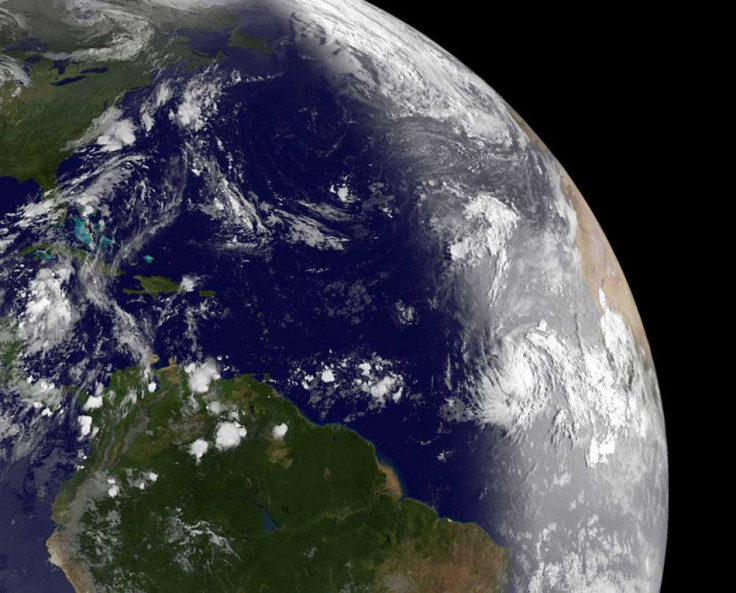NASA: 'Twin Planet' of Earth Discovered by Kepler Telescope
Nasa scientists jubilant at discovery of planet almost identical in size to Earth, orbiting in another solar system.

A planet, which is virtually identical in size to Earth, is orbiting a Sun-like star, according to astronomers.
The 'twin planet', Kepler-20f, was discovered by the Kepler space telescope. It is the first time a twin has been discovered in another solar system.
Although the planet may have a thick water vapour atmosphere, it is believed that the surface is too hot for life, with temperatures potentially reaching 426C.
A second rocky planet has also been discovered. Kepler-20e is slightly smaller than Earth but hotter still, with temperatures hitting 726C.
Kepler-20f has a radius just 1.03 times larger than Earth's, while Kepler-20e is 0.87 Earth's size.
Neither lies in the "habitable" or "Goldilocks" zone, where temperatures are neither too hot nor too cold for liquid water to collect on the surface, which increases the chances of life.
"It is the first time humanity has been able to discover an object similar to the Earth around a star, so maybe we will be able to find others," said astronomer Dr Francois Fressin of the Harvard-Smithsonian Centre for Astrophysics in Cambridge, Masachussets.
"This could be an important milestone. Ten years or 100 years from now people will look back and ask when was the first Earth-sized planet found. It is very exciting."
Both planets are part of a solar system family already known to contain three larger worlds.
Earlier this month, scientists reported on the discovery of Kepler-22b, a planet 2.4 times the size of Earth which has a temperature of around 22C.
It was described as the best chance yet of supporting life.
The findings are reported in the online edition of the journal Nature.
© Copyright IBTimes 2025. All rights reserved.






















